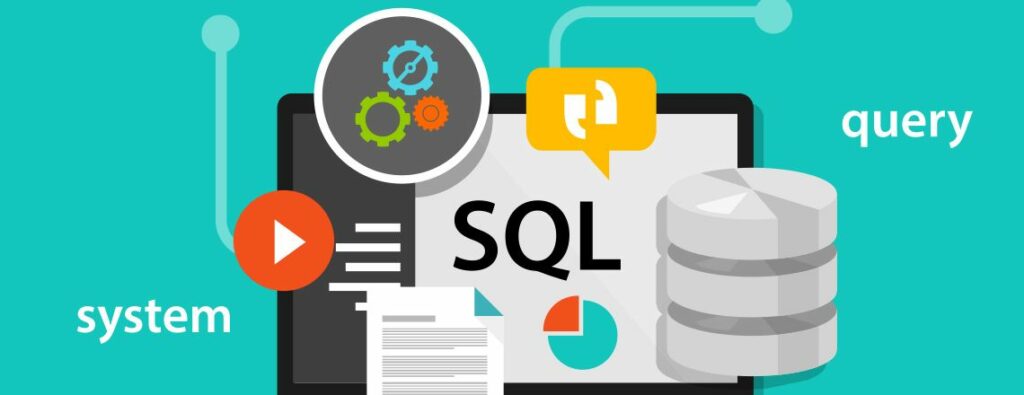
Free eBooks for Beginners
SQL is a powerful and essential tool for data analysts, as it allows you to work with large amounts of data and extract meaningful insights. One of the features of SQL that can be particularly helpful when working with data is the ability to “skip” or “take” a certain number of records from the result set. This can be useful when you only need to view a portion of the data, rather than the entire result set.
The “SKIP” clause allows you to skip a specified number of records when selecting data from a table. This can be useful when you only need to view a portion of the data that matches a certain criteria. For example, if you have a table with 1000 records and you only need to view records 500 to 700, you can use the SKIP clause to skip the first 499 records and only return the desired 200 records.
The “TAKE” clause allows you to limit the number of records that are returned from a query. This is useful when you only need to view a portion of the data, rather than the entire result set. For example, if you have a table with 1000 records and you only need to view the first 100, you can use the TAKE clause to limit the number of records returned to 100.
It is important to note that the SKIP and TAKE clauses are not supported by all SQL databases, and the syntax may differ depending on the database you are using. However, most modern databases do support these clauses, and they can be a valuable tool for data analysts who need to work with large amounts of data.
In conclusion, the SKIP and TAKE clauses in SQL are valuable tools for data analysts who need to work with large amounts of data. These clauses allow you to skip or take a specified number of records from the result set, making it easier to work with and analyze your data. Whether you’re a beginner or an experienced data analyst, understanding how to use the SKIP and TAKE clauses can help you work more efficiently and effectively with your data.
SQL for Beginners and Data Analyst – Chapter 14: SKIP TAKE
 Loading...
Loading...
Disclaimer: The information and code presented within this recipe/tutorial is only for educational and coaching purposes for beginners and developers. Anyone can practice and apply the recipe/tutorial presented here, but the reader is taking full responsibility for his/her actions. The author (content curator) of this recipe (code / program) has made every effort to ensure the accuracy of the information was correct at time of publication. The author (content curator) does not assume and hereby disclaims any liability to any party for any loss, damage, or disruption caused by errors or omissions, whether such errors or omissions result from accident, negligence, or any other cause. The information presented here could also be found in public knowledge domains.